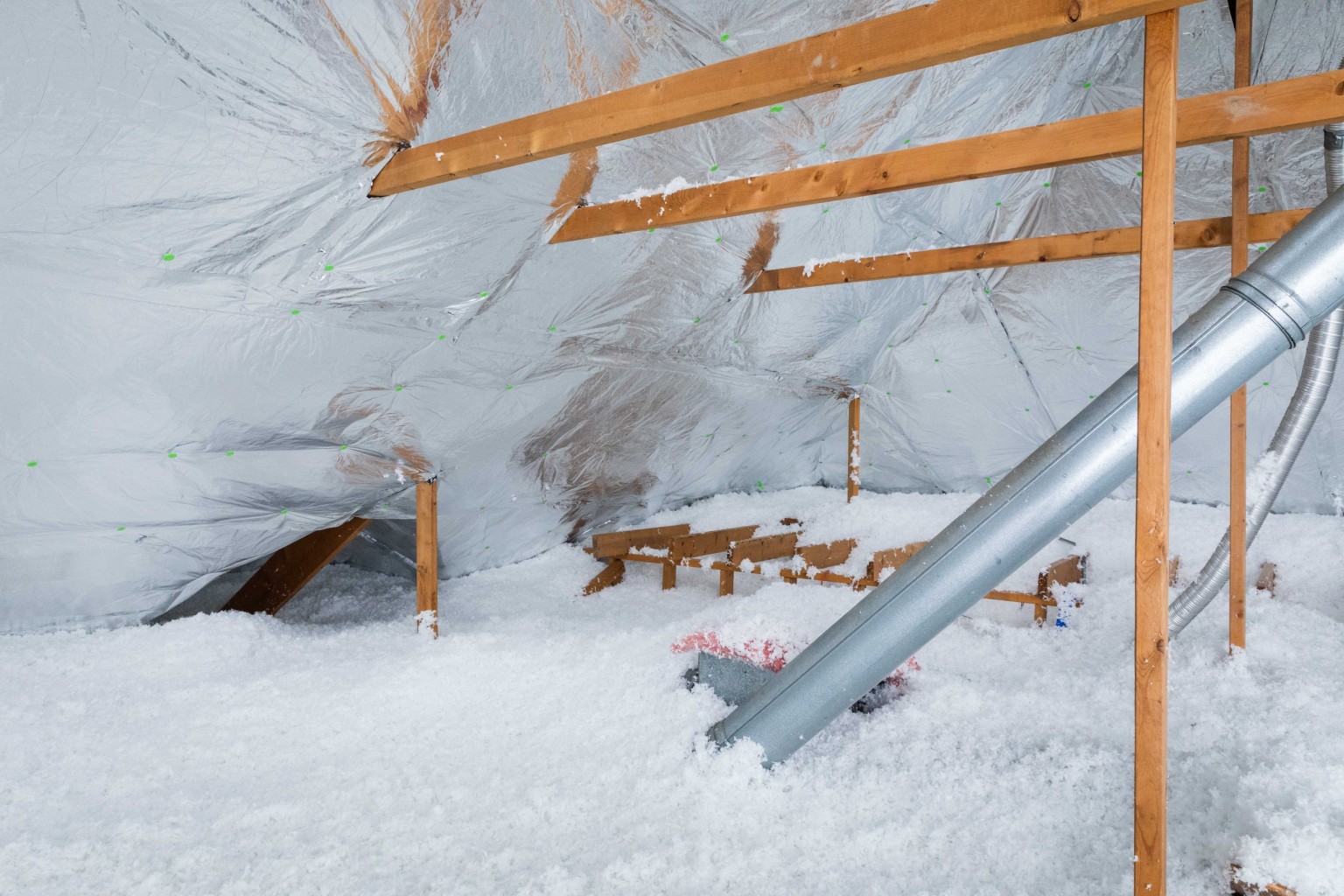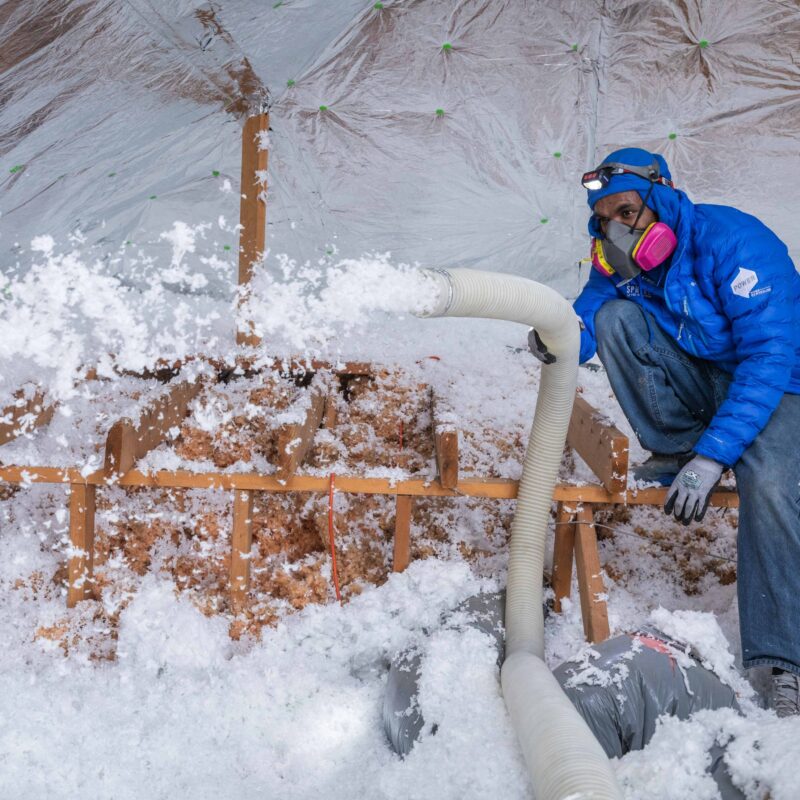Nov 14, 2023
How to Know if You Have Poor Attic Ventilation (And Why You Should Care)

While an attic might be an often overlooked space, it’s a tell-tale sign of your home’s health.
You may view your attic as a space you only step into for storage purposes but in actuality, your attic can be a huge money-drain — and an opportunity for savings if you upgrade with the help of the right systems and materials.
An unfinished attic without proper ventilation can lead to condensation, causing mold and other unwanted growth in the attic that can result in longer term structural damage.
Here’s what to look out for:
Excessive Heat
Is your attic significantly warmer than the rest of your home during summer months? Because your attic is the uppermost space of a home, heat naturally rises and can become trapped.
This results in an increase in utility bills, repair and maintenance costs for HVAC systems, and in energy consumption.
ROOF DAMAGE
Be on the lookout for buckling (convex) or cupping (concave) shingles due to poor ventilation or excessive heat. If shingles don’t lay completely flat, water and moisture may collect, potentially leading to unwanted algae or mold-like growth.
Damage isn’t always visible from the exterior of your home, and an attic’s condition is a true treatment to the status of your roof.
ICE DAMS
Proper attic insulation can also help prevent a nightmare from occurring on top of your roof during winter months.
As snow lays on your roof, a pattern of thawing and re-freezing can occur. If that ice forms along the edge of your roof, it creates a “dam” that blocks melting snow from properly draining off. That built up liquid can then seep into your roof shingles and eventually cause leaking inside your home.
It can also result in major weight that your roof isn’t prepared to hold — especially if your home has been re-roofed (when a new roof is added on top of an old roof). Proper attic insulation and adding vents to your roof can prevent these ice dams from forming in the first place.
MOISTURE
An attic prone to excess moisture will signal distress in the form of wet wood on the underside of the roof sheathing, old water stains, condensation, rusted building components — like nails or flashing — rust stains, and even flattened or darkened insulation in the attic walls.
If you see any of these signs, these are red flags you’ll want to address quickly. The longer that hot, moisture-filled air is trapped in an attic, the more privy it is to mold and mildew.
MOLD AND MILDEW
If you have an active attic leak, are experiencing moisture or condensation build-up, or identify a musty or damp smell, your attic could be susceptible to mold.
Inspect for areas of wood discoloration, as it can be an alarming sign of mold. Colors can vary, but mold normally forms in green, yellow, brown, or black.
Remember — mold is not a friendly guest you want in your home, and can lead to health problems if left untreated.
NOW WHAT?
Consider scheduling a roof inspection completed by a professional. This will identify any of these problems, and address suggested steps to mitigate — including installing proper attic ventilation, insulation, and other necessary repairs.
Concerned about your home’s attic ventilation? Power’s professionals are here to help.

